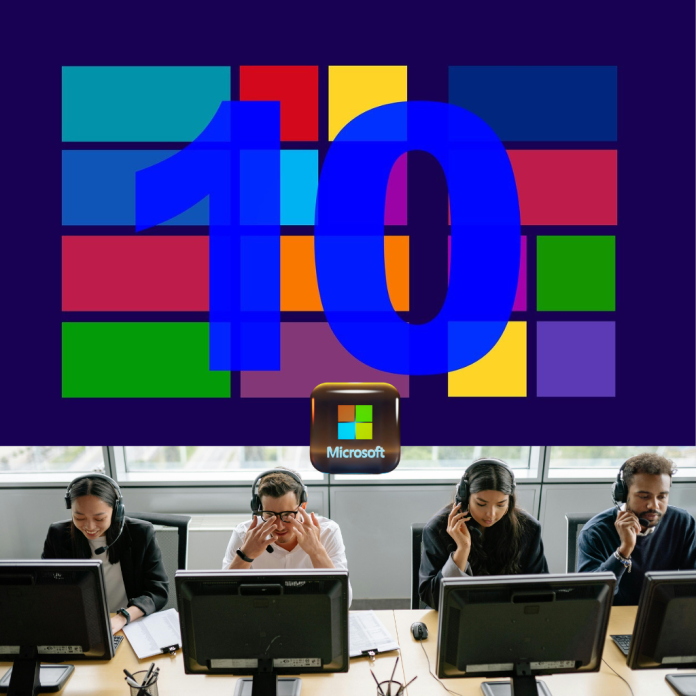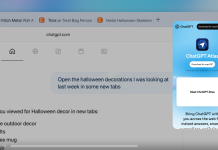On October 14, 2025, Microsoft officially retired support for Windows 10. As of today, October 15, the era of free security patches, feature enhancements, and troubleshooting from Microsoft is over. What begins now is a transition period defined by decisions, risks, and opportunities for users, organizations, and IT professionals.
In this article, you’ll find:
-
The current status (what has changed overnight)
-
Real, high-stakes impacts for users and enterprises
-
Available paths forward (upgrade, ESU, alternatives)
-
Critical technical and security guidance
-
Recent announcements that shift the narrative
Immediate Status: What Changed on October 14
Final Update Released
On its last chance, Microsoft rolled out a final batch of patches as part of October’s Patch Tuesday, addressing 172 security vulnerabilities across Windows platforms. This marked the final free update cycle for Windows 10. Krebs on Security
End of Free Security, Feature, and Quality Updates
From this day forward, Windows 10 Home, Pro, and Enterprise editions will no longer receive free updates, fixes, or new features via Windows Update. Microsoft Learn
Technical Support Withdrawn
Microsoft’s official support lines and community channels will no longer provide assistance for Windows 10 issues. Microsoft Learn
Edge Browser Continues Updates
Importantly, Microsoft announced that Edge browser updates on Windows 10 will continue for a period beyond this cutoff, helping reduce some immediate risk for users who remain on the OS. Windows Blog
Consumer ESU Program Enabled
Microsoft’s Extended Security Updates (ESU) program is active. This lets users receive critical security patches after the end of support, subject to enrollment. Microsoft Support
Regional Exception: Free ESU in the EEA
In a significant policy shift, Microsoft announced free access to ESU in the European Economic Area (EEA). Users there won’t need to sync cloud backups or pay for the one-year extension. Windows Central
Why the End of Support Matters — Beyond the Surface
Escalating Security Exposure
Without new patches, any vulnerability discovered after October 14 can be weaponized without countermeasures. Zero-days that emerge in months to come will represent existential threats for many systems. Krebs on Security
Rising Costs for Businesses
Enterprises still on Windows 10 now face sharp costs. Analysts project the global cost of continuing support across millions of devices could exceed USD 7.3 billion over time. Petri
Hardware & Software Compatibility Fallout
Over time, new drivers, utilities, or apps may stop supporting Windows 10. Users who delay upgrades risk having components or services that simply refuse to work. PCWorld
User Sentiment & Market Response
Many users are emotionally reluctant. Some are vowing to cling to Windows 10; others lament its “retirement.” Meanwhile, a surge in PC sales is already being attributed to the support cutoff prompting upgrades. The Verge
What You Can (and Must) Do Going Forward
Path 1: Upgrade to Windows 11 or Newer Platform
This is the cleanest route to regain full support, modern features, and security resilience. Verify your hardware meets requirements (TPM, CPU generation, storage, etc.) before migrating. Microsoft has published transition guides and tools to assist. Microsoft Support
Path 2: Enroll in Extended Security Updates (ESU)
If your hardware or setup prevents immediate upgrade, ESU is the bridge option. It delivers only security and quality updates, not new features or fixes, and excludes technical support. Microsoft Learn
-
For consumer PCs, ESU enrollment is possible if certain prerequisites are met. Microsoft
-
For business/enterprise, ESU can be purchased under volume licensing, normally for up to three years. Microsoft Learn
-
In EEA, ESU is now offered for free for one year, with fewer enrollment constraints. Windows Central
Path 3: Transition to LTSC Editions (Where Applicable)
Some Windows 10 LTSC (Long-Term Servicing Channel) versions continue under their independent lifecycle. If your environment allows, migrating into or staying on LTSC may prolong effective support. Microsoft Learn
Path 4: Operate with Extreme Caution / Isolation
If you must keep running an unsupported Windows 10 system, minimize its exposure: limit internet usage, enforce strict firewall rules, isolate it from critical networks, and treat it as high-risk.
Additional Measures (Regardless of Path)
-
Immediately back up all data, settings, and system images
-
Audit critical software compatibility before upgrading
-
Plan staged upgrades if managing multiple machines
-
Monitor for new vulnerabilities or threat intelligence
-
Document systems and recovery plans
Frequently Asked Questions (Answer-Optimized)
Does my Windows 10 PC stop working today?
No, the OS still functions. But from now on, it lacks official security, feature, and reliability support.
Will antivirus or firewall tools protect me now?
They provide some protection, but they cannot patch system-level vulnerabilities that Microsoft formerly handled.
Can I still use Microsoft 365 on Windows 10?
Some support may continue temporarily, but Microsoft is aligning Microsoft 365 support with Windows versions, so expect eventual deprecation. The Verge
How much does ESU cost (for business)?
Year 1 pricing starts around USD 61 per device, with costs doubling in subsequent years. Petri
Is it too late to enroll in ESU?
It depends on regional cutoff and licensing rules. In many cases you still can enroll, but you must act quickly.











